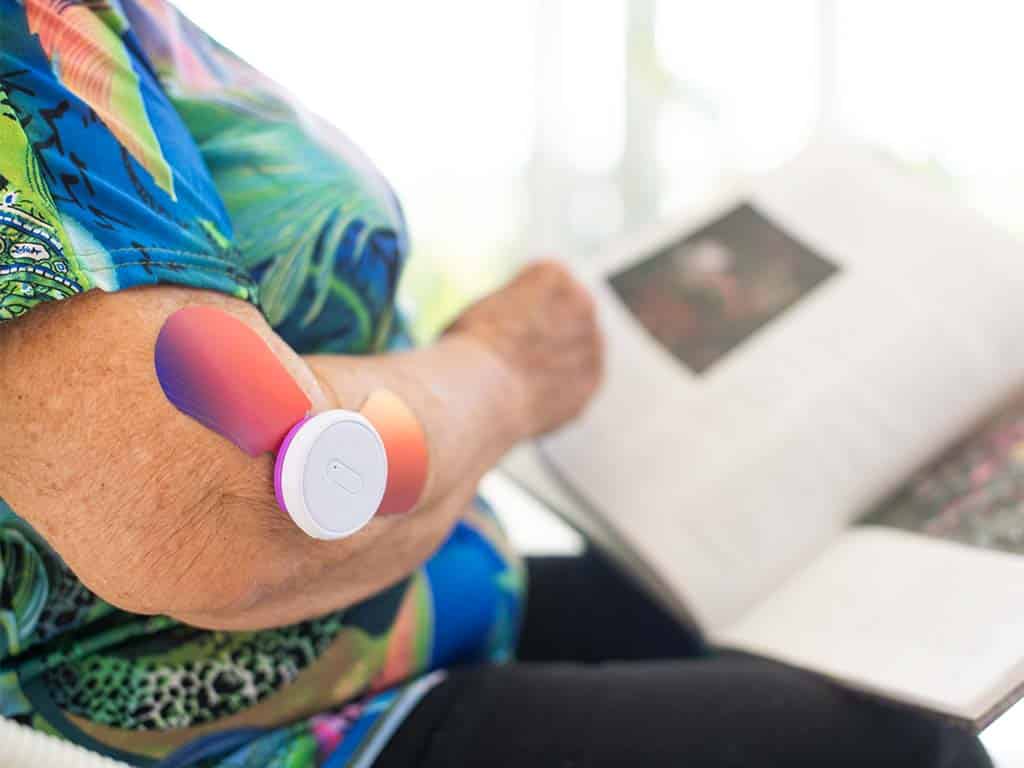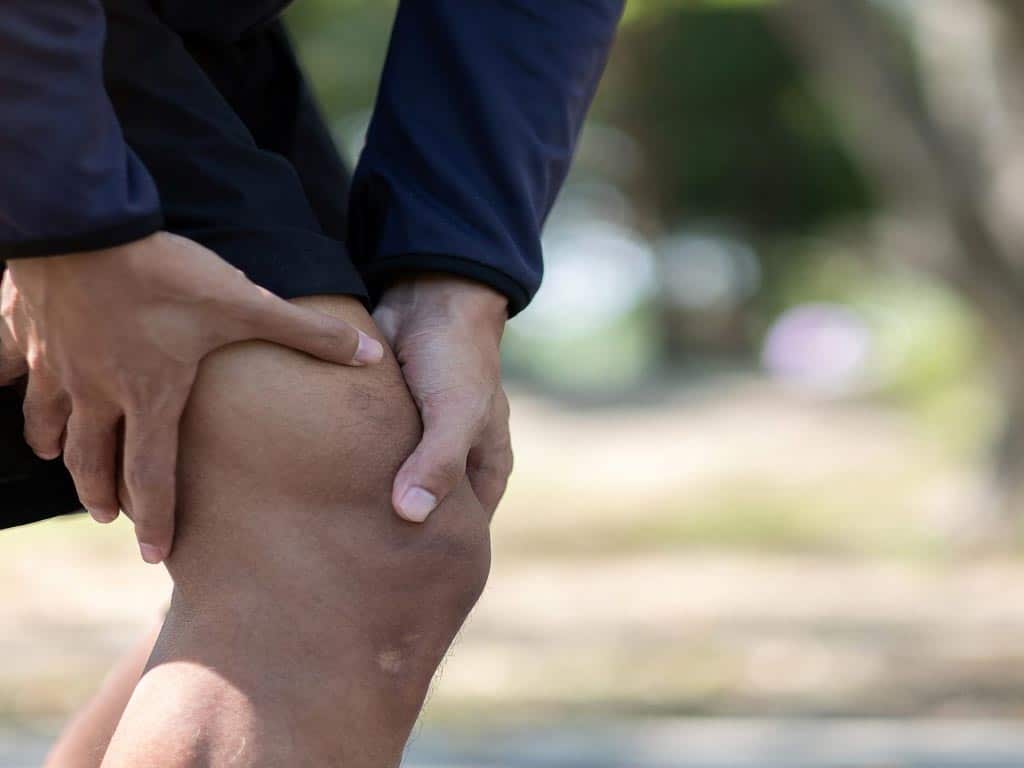
Tendonitis can cause debilitating pain and discomfort. Thus, it can be difficult for people to go about their daily activities. As a result, many of them seek various treatment options to find relief. They either choose EMS or TENS for tendonitis pain management. This is because these treatments are non-invasive and can quickly alleviate pain. Moreover, they are both effective. These methods focus on stimulating the muscles and nerves around the affected area.
Tendons are the thick bands of fibrous tissue that connect muscle to bone. When an inflammation occurs, tendonitis can happen. Symptoms include pain, swelling, and stiffness in the affected area. It is important to explore all available options for pain relief to make an informed decision. Nowadays, EMS and TENS are two in-demand choices. The following sections will present how each one can treat the condition as well as the guidelines for using them.
EMS or TENS for Tendonitis – How EMS Helps Improve the Condition
Many people are wondering how EMS or TENS for tendonitis can be effective. Electrical Muscle Stimulation (EMS) is a highly effective treatment option. It uses electrical impulses to stimulate the affected muscles and joints. This helps reduce pain and inflammation. EMS also encourages faster healing by aiding in better blood circulation.
One of the main benefits of EMS for tendonitis is its ability to target and stimulate the motor nerves. This stimulation not only helps improve the condition but also promotes muscle growth and improves range of motion. By using EMS, people with tendonitis can experience relief from ongoing pain. Moreover, they can better manage their symptoms. This can be particularly beneficial for athletes who may be prone to sports injuries and want to expedite their recovery process.
With various settings, individuals can customise EMS to meet the specific needs and level of pain relief they desire. Whether it is knee pain, shoulder pain, or any other type of tendonitis, EMS has proven to be an effective and natural method for improving this condition. It can be used alone or in conjunction with other treatment modalities.
How to Use a Muscle Stimulator
- Prepare the device – Make sure the machine is ready and free from dirt. Attach the electrode pads to the device, ensuring they are securely in place.
- Clean the skin – Use mild soap and water. Ensure the skin is dry and does not have any lotions or oils that could interfere with the adhesiveness of the pads.
- Apply electrodes – Peel off the protective backing and place them firmly on the skin, ensuring good contact with the muscles surrounding the affected area.
- Relax – Sit or lie in a comfortable position while using the unit for 20-30 minutes. Afterwards, turn off the device before removing the pads.

EMS or TENS for Tendonitis – How TENS Alleviates the Pain
EMS or TENS for tendonitis is useful. Particularly, Transcutaneous Electrical Nerve Stimulation (TENS) is effective in reducing tendonitis pain. By sending electrical pulses to the affected area, TENS disrupts pain signals and promotes the release of endorphins. It also helps increase blood flow to the tendon and surrounding soft tissues.
People can adjust the settings to a comfortable level. However, they should always start with low intensities to refrain from experiencing sudden shocks. They can simply click on the buttons of the machine. Also, they have the option to use a mobile phone for wireless units that have Bluetooth connectivity. Additionally, they should follow the recommended guidelines provided by a medical professional or the TENS manufacturer.
TENS is particularly beneficial for individuals experiencing acute or chronic tendonitis pain. It provides a natural pain reliever without the need for medication. The therapy can be a valuable addition to a comprehensive treatment plan. Whether it is an elite athlete looking to support muscle growth or someone seeking relief from ongoing joint or muscle pain, TENS can give a safe and convenient solution for tendonitis pain management.
Proper Pad Placement
Positioning of the electrodes is essential when using TENS. It ensures optimal contact with the muscles surrounding the pain site. To achieve this, carefully place them on the skin. Placing the pads on either side of the painful tendon can help target the specific area of discomfort.
People can change the placement patterns to see which one best lessens the pain. In addition, it is crucial to regularly check the skin under the electrodes for any signs of irritation or redness. If they notice any discomfort or skin issues, it is advisable to reposition the electrodes or speak with a doctor.

Guidelines for Using EMS or TENS for Tendonitis
Individuals can use either EMS or TENS for tendonitis pain. They are a non-invasive and drug-free treatment alternative to pain medicines. These therapies help by pain gating and endorphin release. Both methods are commonly used and recommended by medical professionals. However, there are safety guidelines to follow for optimal results.
Firstly, avoid any areas of broken skin or irritated surfaces. Otherwise, it can cause further irritation and discomfort. Also, make sure the skin is clean and check for any signs of irritation while undergoing a treatment session. People with sensitive skin should opt for hypoallergenic pads to avoid skin concerns. Similarly, ensure that the pads are properly positioned on the skin surface.
Secondly, do not use the units while sleeping, driving, or handling heavy machinery. Administering the therapies requires coordination and concentration. Lastly, be consistent in the treatment regimen. Even though EMS and TENS offer temporary relief, using them consistently can help reduce pain and improve your range of motion over time.
Can Both Devices Be Used at the Same Time?
Yes, both EMS and TENS devices can be used at the same time for tendonitis relief. The former helps to stimulate muscle contractions, while the latter targets the nerves to provide pain relief. Combining these two therapies can provide a comprehensive approach to managing tendonitis symptoms.
When using both devices simultaneously, it is important to follow safety precautions for each therapy. People should also seek medical advice before starting any treatment. Ensure that the intensity levels and settings are appropriate for specific conditions. In addition, they should properly position the electrode pads over the target area.
Conclusion
EMS or TENS for tendonitis involve electrodes being placed on the affected area. The battery-operated machines they utilise deliver a mild electrical current to stimulate the muscle and nerve endings. The two electrical stimulation methods are effective and generally safe to use. However, it is important to see a doctor before beginning treatment. Additionally, proper pad placement and following safety precautions are essential for optimal results. Maintaining a regular treatment regimen can also provide significant improvement to the condition.
Combining EMS and TENS may provide a comprehensive approach to managing tendonitis symptoms. People can buy a unit for each method online or in-store. Some devices also have both techniques in one. These cost-effective machines allow them to experience various kinds of relief with only a single device. There are 3-in-1 units available in the market. They include a massage feature for further relaxation on the part of the individuals.




















